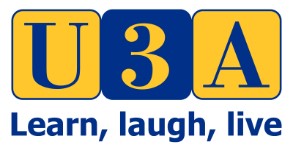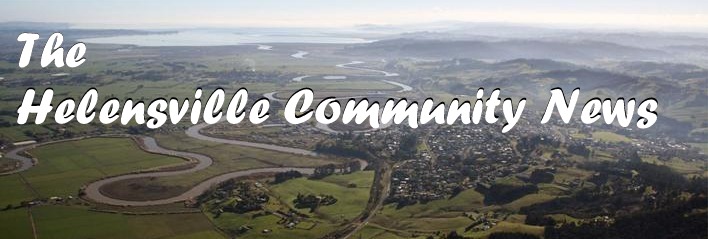 If someone collapsed with a cardiac arrest right in front of you would you know what to do? This happened at our September monthly meeting with 33 members present. Our guest speaker, 5 mins into his presentation, collapsed.
If someone collapsed with a cardiac arrest right in front of you would you know what to do? This happened at our September monthly meeting with 33 members present. Our guest speaker, 5 mins into his presentation, collapsed.
The good news here is that our members did know what to do, and this man defied statistical probability and survived. He survived because CPR was commenced immediately, emergency services were called and a defibrillator (AED) was rapidly obtained from across the road and put to use. While all this was happening, cars were moved to allow access for emergency vehicles, others were down the road watching out for the fire truck and ambulance. The rest of the group had the sensitivity to stand back, quietly clear the room of chairs to provide easy access for the fire brigade volunteers followed by the ambulance crew. Meanwhile we know of one man who simply sat in his car, intentionally supporting our guest’s spirit. There may also have been others sitting prayerfully.
 For 10 or more minutes we were on our own. The AED (automated external defibrillator) shocked our guest 3-4 times and we kept up CPR until the wonderful volunteer fire brigade volunteers took over. The ambulance arrived quite some time later. Active resuscitation continued for more than 30 mins before heading off to North Shore Hospital.
For 10 or more minutes we were on our own. The AED (automated external defibrillator) shocked our guest 3-4 times and we kept up CPR until the wonderful volunteer fire brigade volunteers took over. The ambulance arrived quite some time later. Active resuscitation continued for more than 30 mins before heading off to North Shore Hospital.
The good news continues, our guest speaker is home again, still rather sore and tired, but with no evidence of brain or cardiac damage. He is eager to finish the book he is half way through writing.
At the fire brigade volunteers next training meeting a group from our U3A went along to thank them and let them know the outcome. We were very saddened to find that they rarely hear what has happened to the people they were involved in rescuing, and even rarer, are they thanked. Our thankyou banana cake went down very well.
Off this experience we strongly encourage all readers, to ……
- do regular CPR refresher courses no matter what your age,
- know how to quickly locate a nearby defibrillator - download the AED (defibrillator) app on your phone, open it and search for your area. You will be shown a map with locations and times defibrillators are available. Some are 24/7, others set times. Or practice Google searching ‘AEDs near me’ for AED locations. Go and find an AED in your area and study the instructions on it.
- always carry identity and contact details for next of kin.
- If involved in a crisis, let the emergency responders know the outcome.
For information about the South Kaipara U3A group contact Bev Silvester-Clark bev.s-c@outlook.com or Pam Muirhead pramby10@gmail.com

